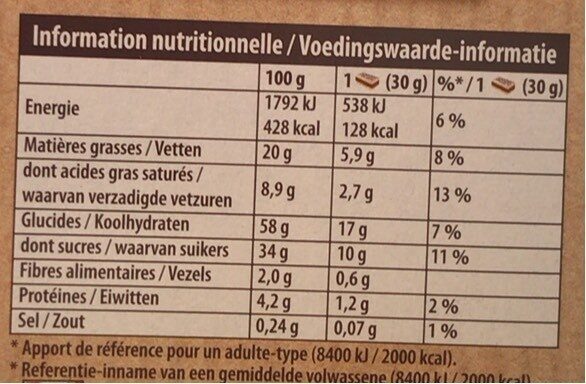Lu moelleux TRIO
This product page is not complete. You can help to complete it by editing it and adding more data from the photos we have, or by taking more photos using the app for Android or iPhone/iPad. Thank you!
×
Barcode: 7622210603210 (EAN / EAN-13)
Brands: LU
Categories: Snacks, Sweet snacks, Biscuits and cakes, Cakes, Filled sponge cake slices
Countries where sold: Belgium
Matching with your preferences
Environment
Packaging
Transportation
Threatened species
Report a problem
Data sources
Product added on by openfoodfacts-contributors
Last edit of product page on by moon-rabbit.
Product page also edited by autorotate-bot, kiliweb, yuka.B4BLBcyHG-N7O_rIgb8x5T28O9_FU9l1IUY1og, yuka.HKJgbfexNNUQIPbu7YkK_2OhHsLOOvpDQmwGog, yuka.J6JpZYSRQOI4IMj495kt3QG_NtfjO_NeR1wyog, yuka.K48cI_-oI8MATPHN3ZMs3RqpL-TKBaRjSXQNoQ, yuka.P5poMe6yQMwYDsD_9oEy_yTlTP37KeB4JHcBog, yuka.UkpvWlNwVmNndVlyZ2ZGbTJ6amsxTXBVNUxqMFVEMmVBTEFYSVE9PQ, yuka.XIpFNYWVM-4EPcfp_oIZgh6RTf7AIc0EP2Itow, yuka.XKFEG9XTIM0qGvCLiNoXxBHqObfaGuV3GU4Xog.











